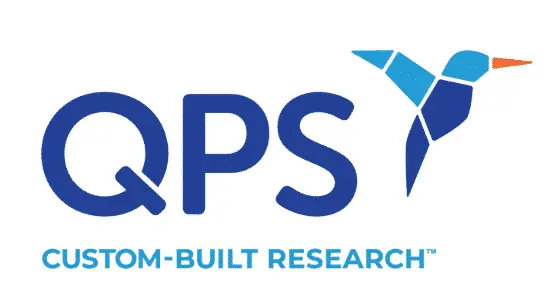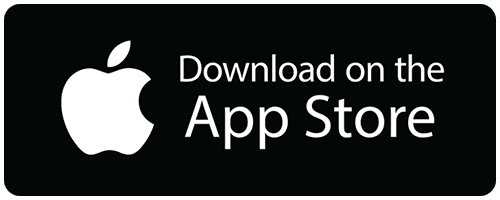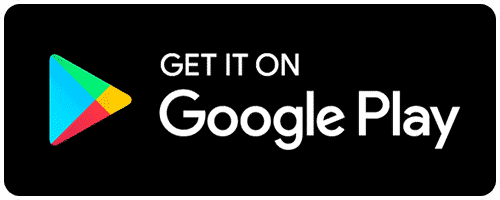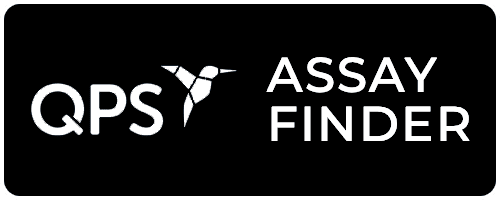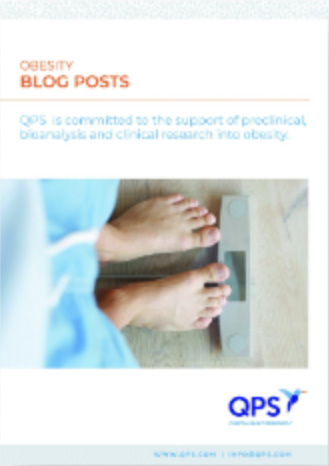In January, we introduced the social media phenomenon “View From My Window” (VFMW), a Facebook Group whose members who have posted pictures of their inside-out views during lockdown. In February, we reviewed some of the science explaining why the VFMW photos have become such a global phenomenon. We discussed how views of natural environments have a restorative effect and how daily variability in physical location can increase a person’s positive affect.
In this final article of our three-part series, we are going to examine another possible explanation of the VFMW’s popularity: it helps people make connections and build community. In a time when global health is dependent on people staying apart, people are more desperate for human interaction than ever before.
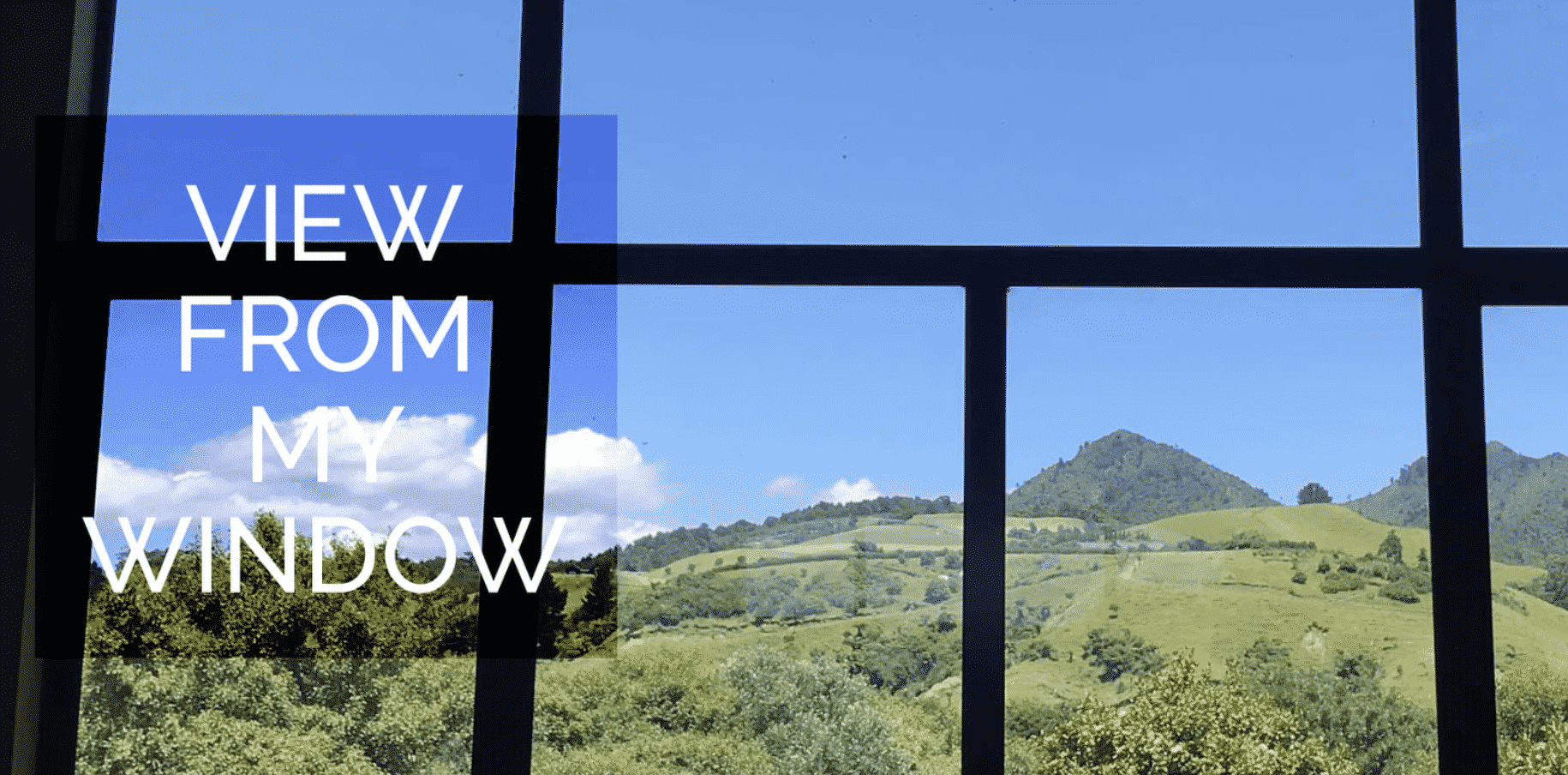
Every VFMW post, which shares an image through a group member’s window along with a personal reflection, elicits comments from people around the world. A typical comment will begin with a simple salutation — “Hello from …” or “Greetings from …” — followed by a personal note or response to the submitter’s observation. With more than 2.2 million members in the group, it is common for posts to receive more than 1,000 likes and several hundred comments. A post on March 6, 2021 received over 23,000 likes and more than 12,000 comments. Clearly, it’s an active, dynamic and supportive community, but to understand why requires a review of some ongoing research conducted by experts in the field.
Humans Crave Community.
In 2005, the Ikeda Center, a 501(c)(3) organization dedicated to building cultures of peace through learning and dialogue, asked several people whose work involves community building this simple question: What is community and why is it important? Their answers revealed that community is a fundamental need for humans. In primitive times, community meant survival. Groups of people were stronger together, and the instinct persists even in modern-day humans, perhaps because it’s coded in our DNA. We crave community, and when we are excluded from it — through internal or external forces — we feel like something is missing. While community is not essential to our survival anymore, it is important for our mental and physical wellbeing.
Size Matters.
The large size of the VFMW community likely explains its success. In a 2018 study published in PLOS ONE, researchers discovered that member activity in an online community could be correlated to the size of the community. Smaller communities — what researchers designated Regime I — consist of up to about 20 members. In this regime, activity is sporadic, and, across the lifetime of a community, the mean number of posts per user is low, at around two posts per user. Regime II communities encompass those between 20 and 50 members, and at about 25 members, a critical mass is reached, with activity accelerating markedly. These quickly transition to Regime III, which includes communities above 50 members. Here, another jump in activity occurs, though it is not as pronounced. The authors speculate that the increased activity in the larger communities is directly related to a dynamic model of peer-to-peer communications that generate trees of interactions.
Gratitude Is Good.
VFMW members consistently express their gratitude, both for the beauty contained in member images and for the well-wishes in the comments. As it turns out, gratitude is a fundamental aspect of social interaction that positively influences emotional and social well‐being. In a 2019 study published in the Journal of the Association for Information Science and Technology, researchers found that gratitude in online communities generates a “gratitude cycle,” which involves “benefactors,” “beneficiaries” and the community at large. Feeling, expressing, or acknowledging gratitude positively reinforces the future behavior of everyone in the cycle. When this happens, they feel motivated to act kindly toward other community members, express their feelings of gratitude when others are kind, and acknowledge others’ expressions of gratitude. This creates a positive cascading cycle of kindness.
Short and Sympathetic.
VFMW was created in response to pandemic lockdowns, so it’s not surprising that some posts are about COVID-19. For example, one member wrote that she had recently tested positive for COVID-19 and had been admitted to a healthcare facility. Her image was a view from the window of this facility. Community members offered short, sympathetic responses: “Sending prayers and hoping you are feeling better!” Interesting research shared as part of the Proceedings of the 2020 Conference on Empirical Methods in Natural Language Processing looked at just this kind of online exchange. By creating a massive dataset of 11.4 million expressions of distress and 2.8 million corresponding offerings of condolence, they were able to examine the dynamics of condolence online. Their results showed that distressed individuals expressed the most gratitude in reply to short, compassionate, positive messages (like those often shared on VFMW) as opposed to deeply empathetic condolences. This online behavior stands in contrast to observations from in-person settings, which show the opposite results.
Lessons for the Workplace.
Large companies already understood how online communities could benefit their workforces. Many had already experimented with social platforms, such as Yammer and Facebook’s Workplace, before the pandemic. However, after work-from-home scenarios became mandatory for most office-based workers, employers turned to technology solutions to try to replicate the community-building evident in VFMW and other similar online groups. The use of videoconferences to replace in-person meetings skyrocketed, and more and more businesses encouraged other kinds of social gatherings to keep employees engaged and connected. Some have done virtual happy hours or social hours in order to build community in the workplace, despite employees being separated for most of the workday. This brand of online community-building is unlikely to stop after the pandemic has run its course. Many experts recommend an ongoing commitment to build these virtual communities even after offices and buildings reopen. For one, not everyone will be going back to work in a post-pandemic world — many people work from home full time for a myriad of reasons, and continuing to host virtual, community-gathering events will help them continue to feel included. While work-from-home employees wouldn’t be able to normally make a post-workday happy hour, in this new era, everyone is invited.
A View from My Window Update
This three-part blog series all began because of the incredible community built by this Facebook group. The group has come to a gradual close, and from now until March 23 — the one-year anniversary of the group — the moderators will be posting the 5,000 remaining pictures from the queue of posts they have stored. The group touched millions of people’s hearts, and brought joy, community, and tranquility to people around the world, all of whom were observing the world through the static frames of their windows.


